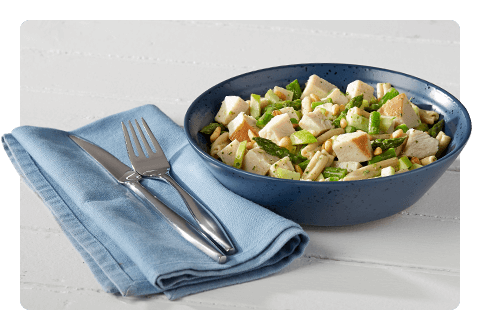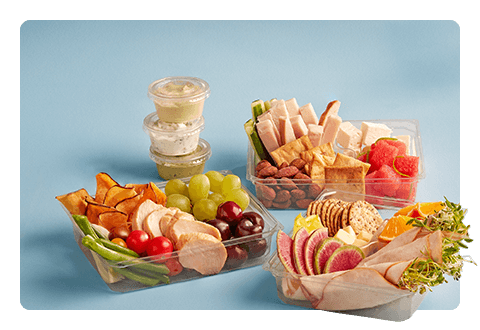The Benefits of Retirement Home Room Service
June 2018
There are many approaches to foodservice throughout retirement home communities. From restaurant-style dining to branded cafés, service styles can vary based on the specific needs of residents.
While most people naturally connect room service with hotel dining, this service style is becoming increasingly popular in nursing and retirement homes. It’s been shown to help residents boost their daily nutritional intake. When residents in a study enjoyed meals delivered by room service versus a traditional dining style, their daily intake of protein increased, as well as their reported energy levels.
The study also tracked meal plate waste. Using traditional dining, waste levels were at 29%, while room service waste levels were only 12%. A decrease in waste allowed the retirement community to cut meal costs by 15%.
Room service menus can include build-your-own burgers and sandwiches, bottles of wine to enjoy in room with guests or snacks to eat throughout the day. Items can be delivered to residents in a variety of ways. Some communities use a meals-on-demand model, in which residents can select a meal to be delivered at a time that fits their personal schedule and hunger level. Other communities offer set room service hours for specific meals and snacks.
Stay informed about what’s happening in all segments of the foodservice industry—check our trends for more, and be sure to follow us on Facebook and LinkedIn.
SOURCES
Does Room Service Improve Patients’ Daily Nutrition Intake?, Medical News Bulletin, October 2017.
Meal Service and Menu Style, Association of Nutrition & Foodservice Professionals, April 2016.
Room Service, The Maplewood, 2017.
























